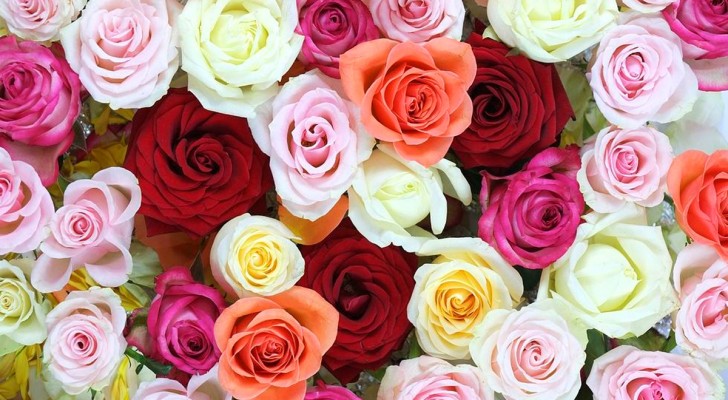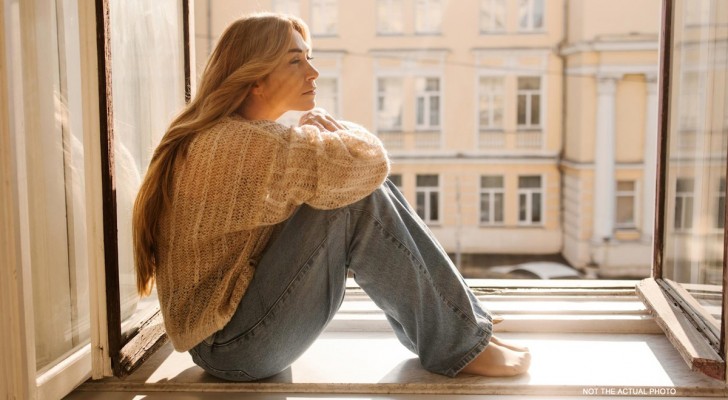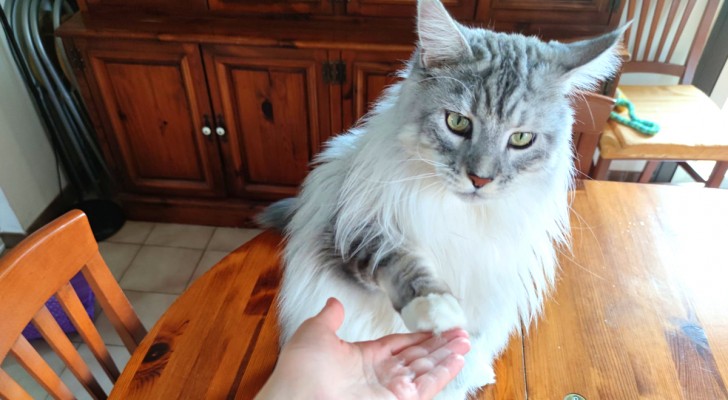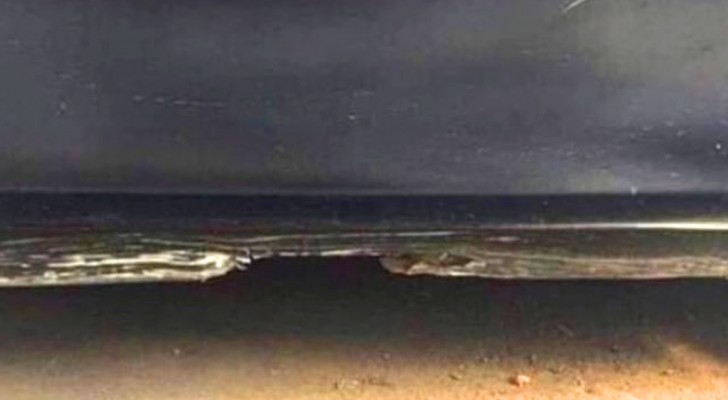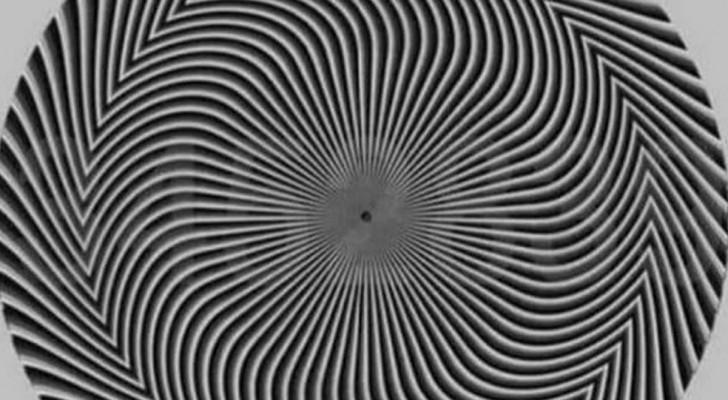8 curious details about eight famous paintings that you have missed!

You do not need to be passionate about art to understand the beauty of the paintings that talented painters throughout history have left behind in legacy.
Just consider that a painting represents, besides obviously the chosen subject, also the historical moment in which it was composed and also the personality of the human being who painted it.
Therefore, a painting is actually a kind of mystery world to be discovered and by which to be fascinated. If you recognize the beauty in art, then it will intrigue you to learn about the following eight little secrets, hidden within eight famous paintings.
"The Sistine Madonna" by Raphael Sanzio
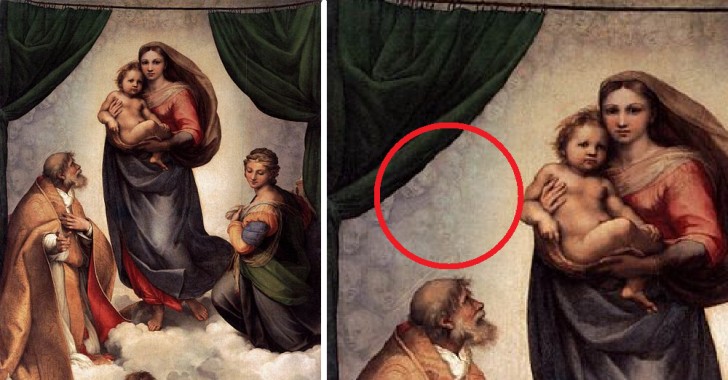
In this work, the painter has chosen a theatrical setting, with a green curtain that opens on the scene in the background where we see Mary is standing on a bed of clouds, with the Holy Child in her arms, between the two Saints Sisto Papa and Barbara.
In the sky in the background, there is a crowd depicting the faces of many angels, as if they have come to witness this Marian epiphany.
"The last dinner" by Leonardo da Vinci

It is said that the Master finished the work leaving two faces incomplete, that of Judas and that of Jesus, because he could not find two models that had a face so evil for the first and so saintly for the second. At the end of a long search, he found the model for Jesus, but that of Judas left him blank for three years. The story goes that the wicked and deceitful face he finally found for Judas was the face of the same man who had modeled for the face of Jesus! Thereby recalling the eternal conflict between good and evil that has always fascinated philosophers.
"Portrait of Giovanni Arnolfini and his Wife" by Jan van Eyck

Web site of National Gallery, London/Wikimedia
This painting is a portrait of Giovanni Arnolfini and his wife, members of the community of Italian merchants living in Bruges, Belgium. Behind the spouses, there is a convex mirror, very fashionable at the time, which shows the other part of the room. If you look closely you will see in the mirror that there are also two other people in the room, one corresponding to the painter himself.
Creation of Adam, Michelangelo
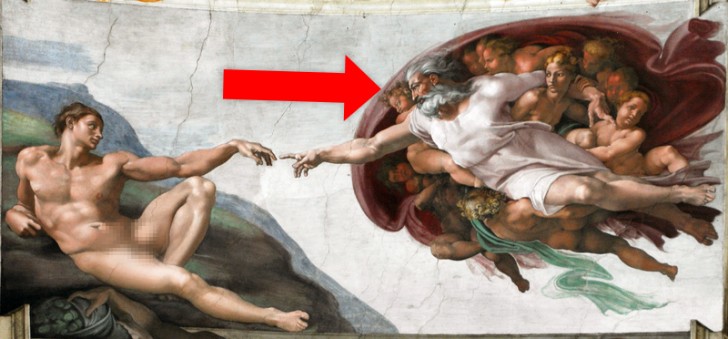
The first to highlight the incredible resemblance between the group of angels around God and the sagittal section of the brain was the neurologist Frank Lynn Meshberger, who described all the similarities in a very detailed way in an article. Many assume that this is only a coincidence, others are convinced that it is an intentional insertion. As a matter of fact, is also true that Michelangelo was doing detailed anatomy studies at the same time that he was completing the Sistine Chapel.
"Netherlandish Proverbs" by Pieter Bruegel the Elder

Google Cultural Institute/Wikimedia
In Bruegel's painting, there are numerous unusual details, of which in many cases the meaning is unknown. In this painting, the characters are busy carrying out activities that seem to make no sense, like the two men intent on shearing a sheep and a pig.
"Last days of Pompeii" by Karl Pavlovič Brjullov
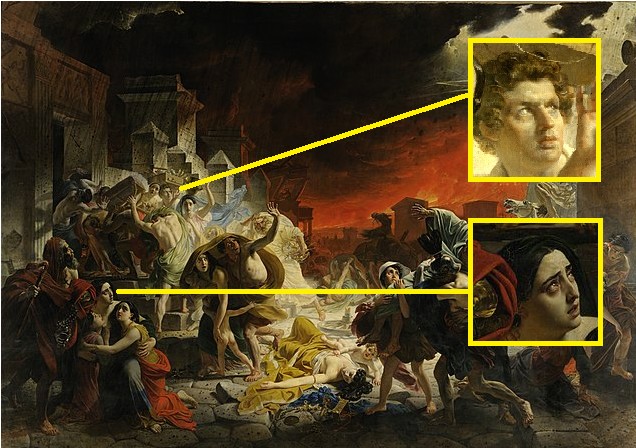
Google Cultural Institute/WIkimedia
The Russian painter created this picture in Italy, depicting the tragic eruption of Vesuvius in 79 AD, which destroyed the city of Pompeii, Herculaneum, and Stabiae. In the painting, the artist inserted his face and that of his beloved wife, Yuliya Samoylova.
"Madonna and Child with the Infant Saint John" by Sandro Botticelli

Behind the Madonna, suspended in the sky, there is a UFO (an unidentified object) very similar to an extraterrestrial spacecraft!
"Old Fisherman" by Tivadar Csontváry Kosztka
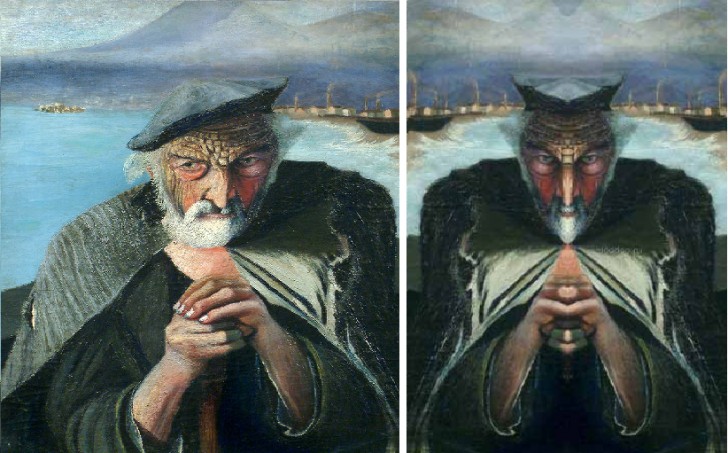
Fine Arts in Hungary/WIkimedia
This painting has often been defined as a symbol of the bipolar disorder and that this pathology is hidden in the old fisherman.
Looking at his face is clear that it consists of two parts, one more in the light and one more in the dark. In fact, if you place a mirror in the middle of the face, first turning it to the right side of the face and then to the left, you will see two faces projected, one looking like a good person and the other looking evil.
